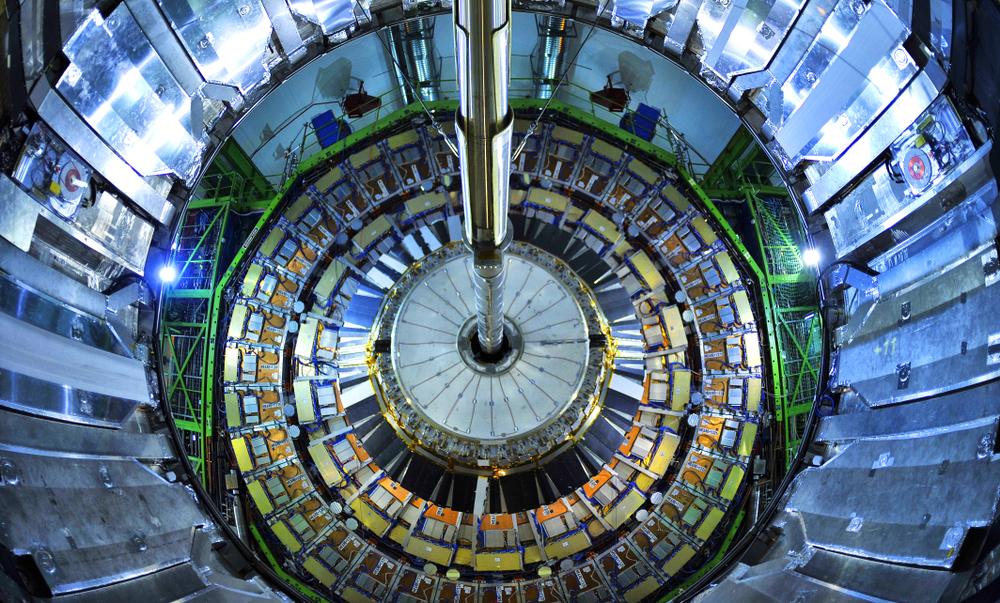
Not only the Higgs boson
Because of its sheer size, both the Large Hadron Collider and its discoveries made headlines. In version 2.0, which is just being launched, it may become even more famous.
The goal of the builder of the LHC - the Large Hadron Collider - was to recreate the conditions that existed at the very beginning of our universe, but on a much smaller scale. The project was approved in December 1994.
The main components of the world's largest particle accelerator are located underground, in a torus-shaped tunnel with a circumference of 27 km. In a particle accelerator (protons produced from hydrogen) "Running" through two tubes in opposite directions. The particles "accelerated" to very high energies, at the speed of light. more than 11 thousand people run around the accelerator. once per second. According to geological conditions tunnel depth ranges from 175 m (next to Yura) in 50 (towards Lake Geneva) - an average of 100 m, with an average slight slope of 1,4%. From the point of view of geology, the most important was the location of all equipment at a depth of at least 5 m below the upper layer of molasses (green sandstone).
To be precise, the particles are accelerated in several smaller accelerators before they enter the LHC. At certain well-defined locations on the periphery of the LHC, the protons of the two tubes are ejected in the same path and when they collide, they create new particles, new business. Energy - according to Einstein's equation E = mc² - turns into matter.
The results of these clashes recorded in huge detectors. The largest one, ATLAS, is 46 m long and 25 m in diameter and weighs 7. tone (1). The second, CMS, is slightly smaller, 28,7 meters long and 15 meters in diameter, but weighs as much as 14. tone (2). These huge cylinder-shaped devices are built from several to a dozen or so concentric layers of active detectors for various types of particles and interactions. Particles are "caught" in the form of an electrical signal data is sent to the data centerand then distributes them to research centers around the world, where they are analyzed. Particle collisions generate such a huge amount of data that thousands of computers have to be turned on for calculations.
When designing detectors at CERN, scientists took into account many factors that could distort or affect the correctness of the measurements. Among other things, even the influence of the moon, the state of the water level in Lake Geneva and the disturbances introduced by high-speed TGV trains were taken into account.
we invite you to read subject number in stock .